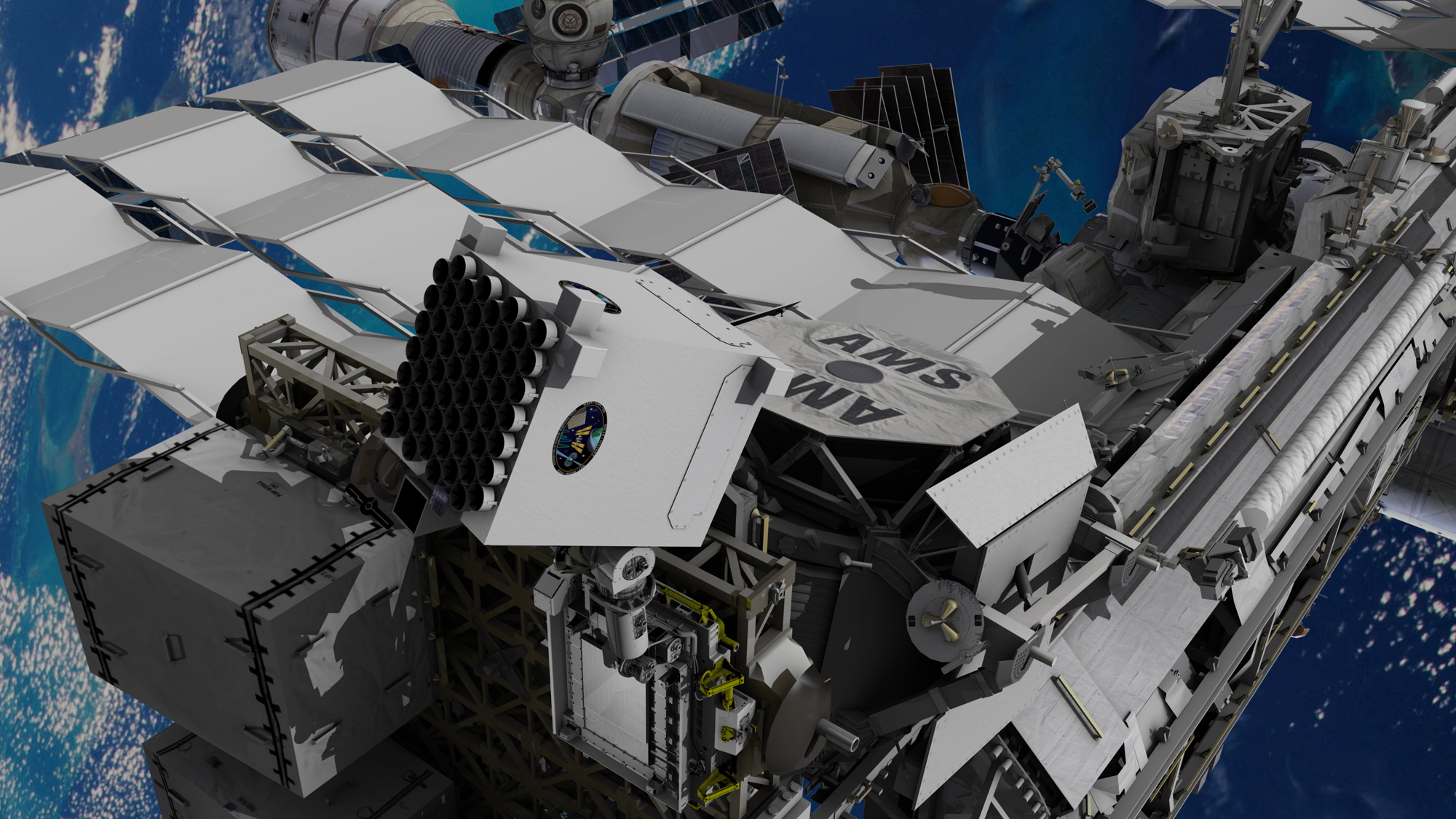Pulsar-Based Navigation System to Get Test on Space Station
An experiment that arrived at the International Space Station today (June 5) will test a celestial navigational system that one day may guide future spaceships to Jupiter as efficiently as GPS satellites get you to Starbucks.
The Station Explorer for X-ray Timing and Navigation Technology (SEXTANT) experiment is among the projects planned for the world's first telescope dedicated to observing neutron stars, the densest known objects in the universe.
Neutron stars form when a star roughly 10 to 30 times the mass of the sun runs out of fuel for nuclear fusion and collapses, crushing every proton and electron in its core. The result is a ball of neutrons about 12.5 miles (20 kilometers) across — roughly the size of a city — that contains as much mass as the sun. [New ISS Experiment Will Probe Neutron Stars (Video)]
A teaspoon of a neutron star would weigh about 1 billion tons (0.9 million metric tons) here on Earth — as much as a mountain, according to NASA.

Stars larger than about 30 solar masses generally collapse into a black hole, which are objects so dense with matter that not even light can escape their gravitational fists.
Unlike black holes, neutron stars radiate energy across a broad range of frequencies, but they are most visible in their X-ray beams, which will be the focus of the station's newly arrived Neutron-star Interior Composition Explorer (NICER) observatory.
NICER, which will be robotically mounted to the outside of the station, contains 56 X-ray mirrors to illuminate the structure and inner workings of neutron stars. Of particular interest are pulsars, which are fast-spinning neutron stars with especially luminous magnetic fields.
Get the Space.com Newsletter
Breaking space news, the latest updates on rocket launches, skywatching events and more!

Pulsars emit powerful beams in opposite directions as they spin. These beams are observable only when they're pointed toward Earth, making it seem as if these objects pulse (hence the name). In some cases, this apparent pulsing occurs with the predictability and consistency of an atomic clock.
The fastest pulsars spin hundreds of times per second — faster than the blades of a household blender, said physicist Zaven Arzoumanian, lead researcher with the NICER project at NASA's Goddard Space Flight Center in Greenbelt, Maryland.
"The fact that we have these pulsars apparently flashing away in the sky makes them interesting as tools," Arzoumanian said.
"You can imagine having a system of clocks, very accurate clocks, distributed all over the sky," he said. "In the same way that we use atomic clocks on GPS satellites to navigate our cars and ourselves on the surface of the Earth, we can use these clock signals from the sky, from pulsars, to navigate spacecraft anywhere in the solar system."
The idea of navigating via pulsar is not new, but the technology to autonomously detect and time the flashes is a recent development. Once it's attached to the station, the NICER telescope and SEXTANT software will run for an initial 18-month demonstration mission.
The telescope is among nearly 3 tons (2.7 metric tons) of supplies and experiments aboard the SpaceX Dragon cargo ship that blasted off from NASA's Kennedy Space Center in Florida on Saturday (June 3) and arrived this morning.
Editor's note: This story has been corrected to state that neutron stars form from stars with masses about 10 to 30 times that of the sun. (The previous version said they form from stars with 1 to 3 solar masses.)
Irene Klotz can be reached on Twitter at @free_space. Follow us @Spacedotcom, Facebook or Google+. Originally published on Space.com.
Join our Space Forums to keep talking space on the latest missions, night sky and more! And if you have a news tip, correction or comment, let us know at: community@space.com.

Irene Klotz is a founding member and long-time contributor to Space.com. She concurrently spent 25 years as a wire service reporter and freelance writer, specializing in space exploration, planetary science, astronomy and the search for life beyond Earth. A graduate of Northwestern University, Irene currently serves as Space Editor for Aviation Week & Space Technology.









